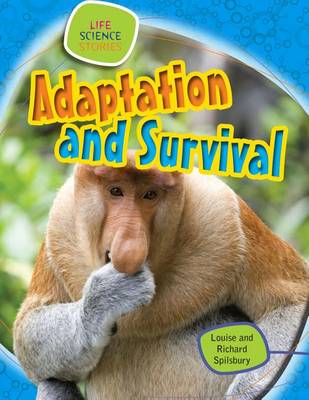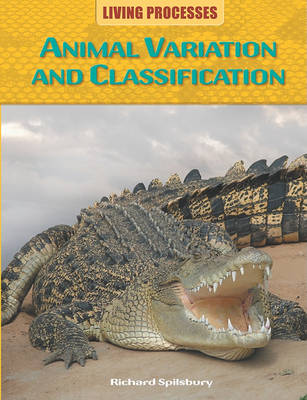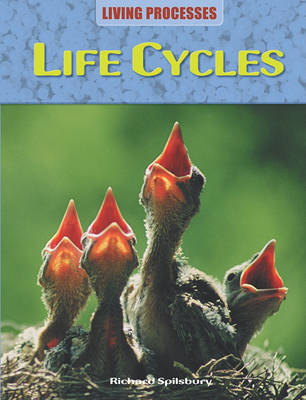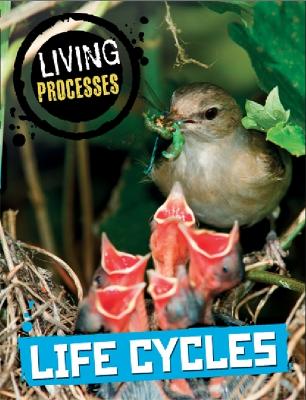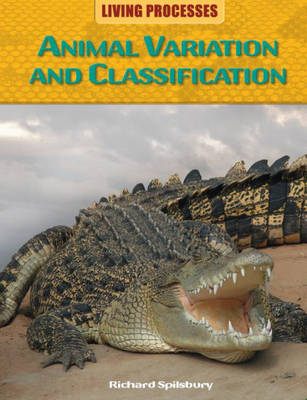Living Processes
6 total works
Take a look at how species are created or born, grow to adulthood, reproduce and eventually die. This book explores the variations in plant life cycles, including sexual and asexual reproduction. It also examines how life cycle patterns differ between and within animal groups, from mammals o amphibians and...
Read moreTake a look at how species are created or born, grow to adulthood, reproduce and eventually die. This book explores the variations in plant life cycles, including sexual and asexual reproduction. It also examines how life cycle patterns differ between and within animal groups, from mammals o amphibians and reptiles.
Includes fieldwork investigations that show how to identify the stages of a life cycle and fascinating fact boxes that offer in-depth information on topics such as mating rituals. An activity project shows students at Key Stage 3 how to create and study the life cycle of a sunflower.
The six books in the Living Processes series look at the processes all living organisms must carry out in order to stay alive. From feeding and drinking through to breathing and reproducing, it explores the differing ways in which organisms carry them out.
Find out how organisms change to meet the challenges of their environments. This book explores the evolution of different plant and animal species, from changes in physical appearance to adaptation in behaviour, and explains how these organisms have adapted to thrive in an ever-changing world.
Includes experiments...
Read moreFind out how organisms change to meet the challenges of their environments. This book explores the evolution of different plant and animal species, from changes in physical appearance to adaptation in behaviour, and explains how these organisms have adapted to thrive in an ever-changing world.
Includes experiments that demonstrate how animals have adapted to their surroundings and fascinating fact boxes that offer in-depth information on topics such as evolution. An activity project shows students at Key Stage 3 how to investigate what lichens can tell you about the level of air pollution.
The six books in the Living Processes series look at the processes all living organisms must carry out in order to stay alive. From feeding and drinking through to breathing and reproducing, it explores the differing ways in which organisms carry them out.
